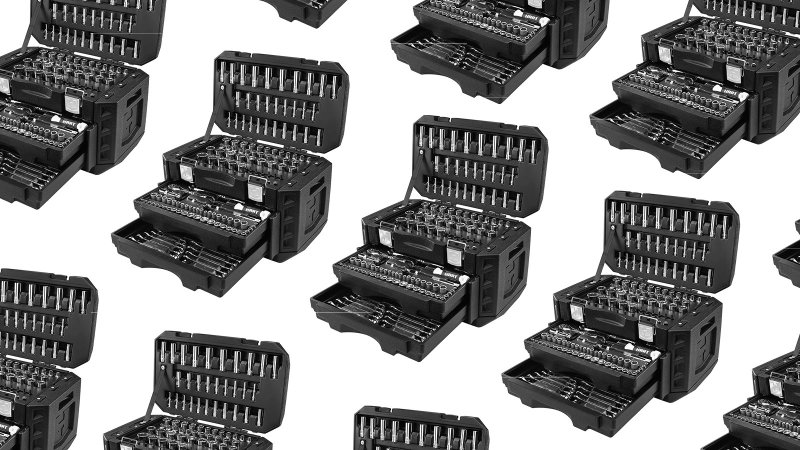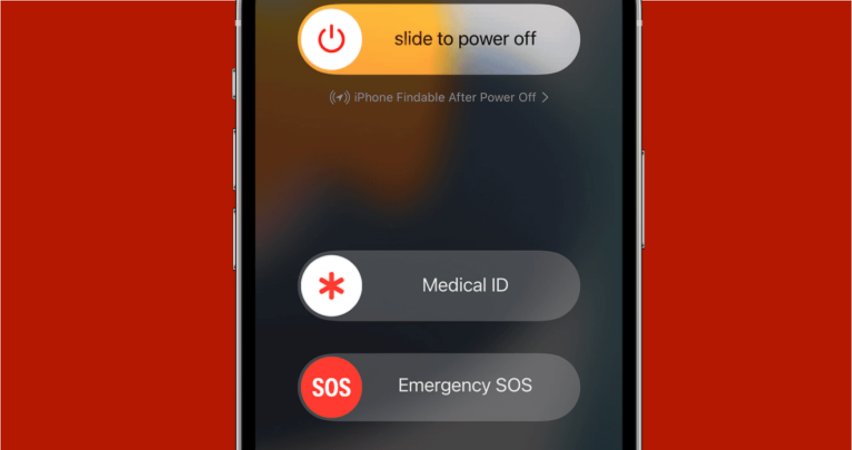DIY
PopSci's curated collection of life skills, tech tips, and hands-on projects we think you'll love.
Explore DIY
Latest in DIY
Get the Popular Science newsletter
Breakthroughs, discoveries, and DIY tips sent every weekday.
By signing up you agree to our Terms of Service and Privacy Policy.



















